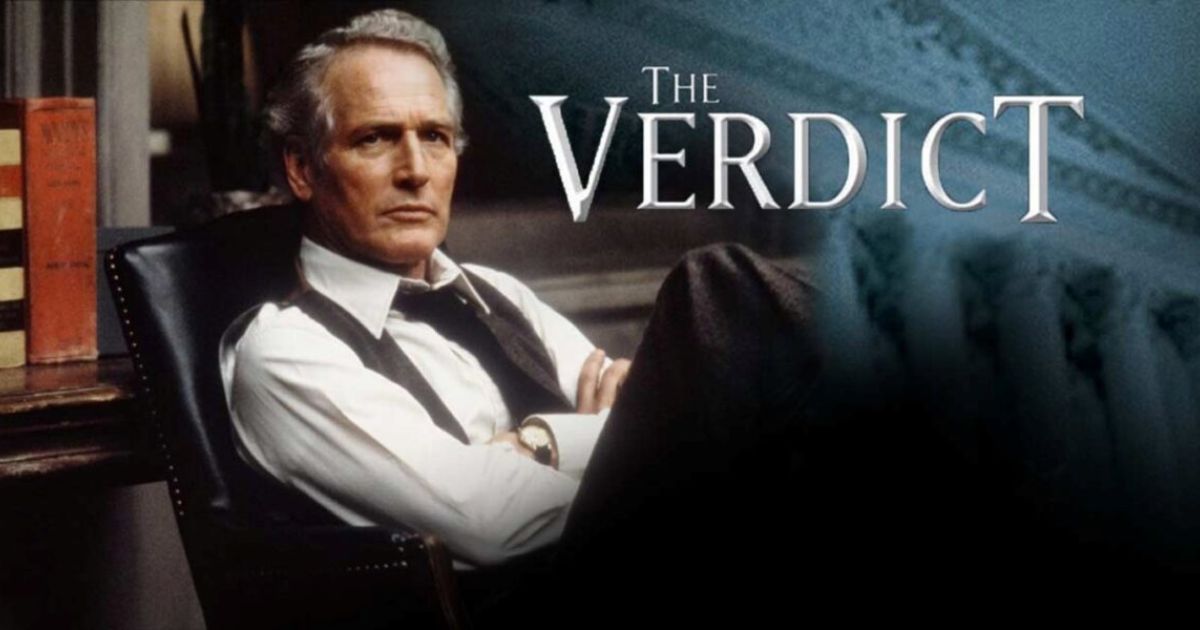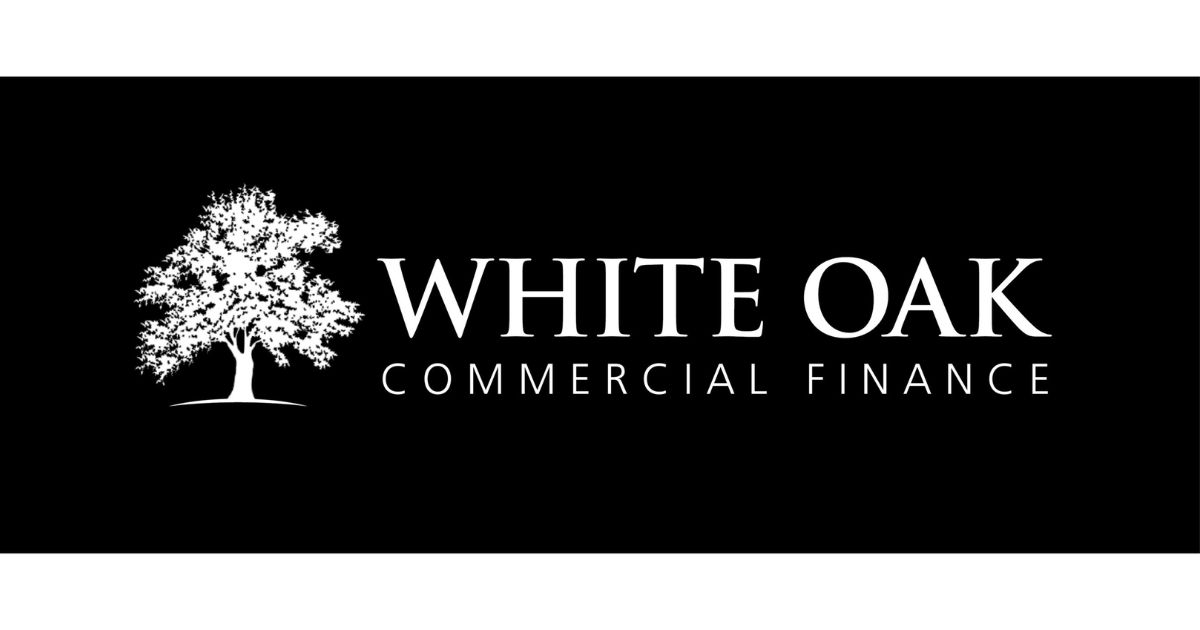In the high-stakes world of finance, the White Oak Global Advisors lawsuit has sent shockwaves through the investment management industry. This legal battle, which resulted in a staggering $96 million payout, serves as a stark reminder of the critical importance of fiduciary duties and ethical conduct in managing client funds. Let’s dive deep into this case and uncover what you need to know about its far-reaching implications.
The Genesis of the White Oak Global Advisors Lawsuit
Who’s Who in This Legal Drama
At the heart of this controversy stands White Oak Global Advisors, a prominent investment management firm based in New York. On the other side of the courtroom, we find the New York State Nurses Association Pension Plan (NYSNA Pension Plan), representing thousands of hardworking nurses whose financial futures were at stake.
White Oak, known for its expertise in managing fixed-income portfolios, found itself in hot water when allegations of mishandling client funds and breaching fiduciary duties surfaced. These accusations would ultimately lead to one of the most significant legal battles in recent financial history.
Timeline of Events Leading to the Lawsuit
The story begins in 2013 when the NYSNA Pension Plan entrusted White Oak with managing a substantial portion of its assets. However, the relationship soon soured. Here’s a quick rundown of the key events:
- 2013: Initial contract signing between White Oak and NYSNA Pension Plan
- 2017: Discovery of alleged misconduct, including undisclosed job negotiations
- 2018: Filing of the lawsuit by NYSNA Pension Plan
- 2019: Arbitration panel ruling against White Oak
- 2021: U.S. District Court affirmation of the arbitration award
Unpacking the Allegations
The Heart of the Matter: Fiduciary Duty Breaches
At its core, this case revolved around the concept of fiduciary duty – a legal obligation to act in the best interests of another party. In the world of finance, this duty is paramount. Investment managers are expected to put their clients’ interests first, always.
The allegations against White Oak were serious. They were accused of:
- Failing to act in the best interests of the pension plan members
- Making investment decisions that benefited themselves rather than their clients
- Lack of transparency in their operations
These breaches, if proven true, would constitute severe violations of the trust placed in them by the NYSNA Pension Plan.
Read Also More: 12 Delectable Best Restaurants in Crystal River Florida
Following the Money: Fund Mismanagement Claims
The NYSNA Pension Plan didn’t just accuse White Oak of ethical lapses; they pointed to specific instances of financial mismanagement. Here’s a breakdown of the key claims:
| Allegation | Description |
|---|---|
| Risky Investments | White Oak allegedly invested in high-risk assets without proper disclosure |
| Undisclosed Fees | Claims of hidden charges that ate into the pension fund’s returns |
| Conflict of Interest | Accusations that White Oak’s decisions were influenced by personal gain |
Perhaps the most damning allegation centered around Russell Niemie, the chief investment officer of the NYSNA Pension Plan at the time. It was discovered that Niemie had been involved in undisclosed job negotiations with White Oak while overseeing the pension’s investments managed by the firm. This glaring conflict of interest raised serious questions about the integrity of the investment decisions made under his recommendation.
The Legal Battle Unfolds
Key Arguments from Both Sides
As the case progressed, both parties presented their arguments. The NYSNA Pension Plan’s legal team painted a picture of a firm that had betrayed its clients’ trust, violating not only ethical standards but also the law.
White Oak, for its part, vehemently denied all allegations. Their defense rested on several key points:
- The investments were speculative, and investors were adequately informed of the risks
- The timing of the lawsuit coincided with a general market downturn, which they argued was the real reason for any losses
- They maintained that all their actions were within the bounds of their contractual obligations
Turning Points in the White Oak Global Advisors Lawsuit
As the legal dispute resolution process unfolded, several key pieces of evidence emerged that would prove crucial:
- Internal communications revealing discussions about potential conflicts of interest
- Expert testimony on industry standards for pension fund management
- Financial records showing discrepancies in reported vs. actual investment performance
These elements, combined with the revelation of Niemie’s job negotiations, tipped the scales decisively in favor of the NYSNA Pension Plan.
The Verdict and Its Implications

Breaking Down the $96 Million Award
In 2019, the arbitration panel made its ruling, and it was a resounding victory for the NYSNA Pension Plan. White Oak was ordered to pay over $96 million for violating the Employee Retirement Income Security Act (ERISA violations) upon their involvement in fiduciary breaches and mismanagement of funds.
This massive award broke down as follows:
- Compensatory damages for investment losses
- Punitive damages for breach of fiduciary duty
- Legal fees and costs associated with the arbitration proceedings
The U.S. District Court affirmation of this award in March 2021 was the final nail in the coffin for White Oak’s defense.
Ripple Effects in the Financial Industry
The fallout from this case has been significant. Here are some of the broader implications:
- Increased scrutiny of investment management firms by regulatory bodies
- A renewed focus on transparency in pension fund management
- Stricter enforcement of fiduciary standards across the financial sector
- Growing demand for independent oversight in investment decision-making processes
Lessons Learned from the White Oak Global Advisors Lawsuit
Red Flags for Pension Fund Investors
This case serves as a cautionary tale for pension funds and individual investors alike. Here are some red flags to watch out for:
- Lack of transparency in investment strategies
- Unusually high fees or hidden charges
- Frequent changes in investment direction without clear justification
- Reluctance to provide detailed performance reports
The Future of Fiduciary Responsibility
In the wake of this lawsuit, the financial industry is likely to see:
- Stricter regulations governing fiduciary duties
- Enhanced disclosure requirements for potential conflicts of interest
- More rigorous vetting processes for investment managers
- Increased emphasis on ethical training in finance education
FAQs
What was the main issue in the White Oak Global Advisors lawsuit?
The main issue was the alleged breach of fiduciary duty and mismanagement of pension funds.
How much did White Oak Global Advisors have to pay?
They were ordered to pay over $96 million in damages and fees.
What is ERISA, and how was it relevant to this case?
ERISA (Employee Retirement Income Security Act) sets standards for pension plans in private industry. White Oak was found to have violated ERISA regulations.
How long did the legal proceedings take?
The lawsuit was filed in 2018, with the final payment made in August 2021, totaling about three years.
What impact has this case had on the investment management industry?
It has led to increased scrutiny of fiduciary responsibilities and a greater emphasis on transparency in investment practices.
Conclusion
The White Oak Global Advisors lawsuit serves as a powerful reminder of the importance of financial integrity and the heavy responsibilities borne by those who manage others’ money. It underscores the need for vigilance, transparency, and ethical conduct in the financial sector.
For investors, it highlights the importance of due diligence and the need to understand the investment risks associated with any financial strategy. For investment management firms, it’s a wake-up call to prioritize their clients’ interests above all else.
As we move forward, let this case be a catalyst for positive change in the industry, fostering a culture of trust, transparency, and unwavering commitment to fiduciary duty.












